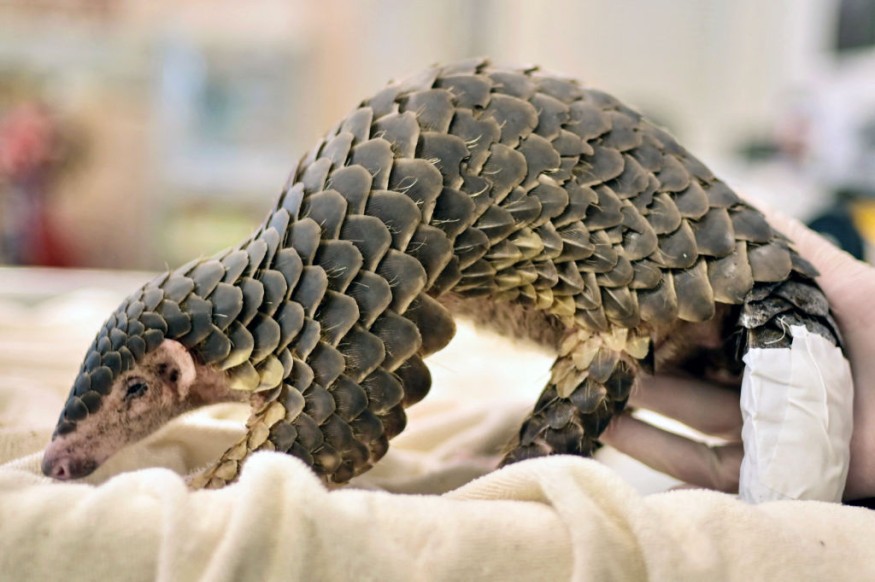
Conservationists are working with farmers in order to create space for giant pangolins in Kenya.
Locally Extinct Species
Experts said that in the country, little has been known about the giant ground pangolins' population - including how many live in the country's forests.
Before 2018, it was assumed that the pangolin was locally extinct, as the last-known sighting was in 1971 in western Kenya.
However, at present, local conservationists estimate that there are only between 30 to 80 left in the country.
The Pangolin Project has been working with landowners around Nyakweri forest to create space for these animals, a tall order considering that most are farmers who are clearing the forest for farming and building electric fences to keep away wild animals.
The Pangolin Project, which is a non-profit organization based in Kenya, has been dedicated to pangolin conservation research and protection.
Organizers of this project believed that pangolins need the help of humanity.
''They are the most illegally trafficked mammal in the world due to demand for their scales in traditional medicine. We are working to identify and conserve important pangolin populations in our region, raising awareness and using science to inform conservation strategy,'' the Pangolin Project said.
The group delivers its work in partnership with communities and wildlife rangers, believing that collaboration is the key to conservation success.
Further, reducing or stopping deforestation is crucial if the few remaining giant ground pangolins in Kenya are to survive in the wild.
About 23 landowners, representing at least 60 households, have come together to form the Nyekweri Kimintet Forest Conservation Trust, which will cover almost 2,020 hectares (5,000 acres).
The giant ground pangolin has been listed as ''endangered under criteria A2cd and A4cd.
Researchers noted that evidence had already indicated a decline in area of occupancy and habitat quality over a period of three generations (45 years) based on forest loss in West and Central Africa.
Pangolins play a critical role in maintaining biodiversity and a healthy environment.
A pangolin's primary defense is to curl into a ball, making them extremely vulnerable to poaching. They are very difficult to breed in captivity, so their survival depends on protecting them in the wild where they live.
Solitary, Nocturnal Species
The species is widely but discontinuously distributed throughout West and Central Africa in a broad range of habitats including primary and secondary rainforest formations, swamp forest, forest savannah mosaics and savannah woodlands.
It is recorded from Senegal (though there is no evidence of its presence in Gambia) eastwards through Guinea, Sierra Leone, Liberia (including the vicinity of Mt Nimba; Coe 1975), Côte d'Ivoire and Ghana, where it has also been reported from the north in Mole National Park.
This is a solitary, nocturnal and elusive species which is difficult to census and as a result there is no reliable information on population abundance or densities or occupancy.
Recent camera trapping surveys have given information on the relative abundance of the species in some study areas across their range, including in Tanzania, and Cameroon.
Meanwhile, detection rates for giant pangolins tend to be low using systematic or random camera trapping methods.
Related Article : 4000 Pangolins Died for Scales Worth $1.4M Seized in Thailand, Supposed to be Sold in China
© 2025 NatureWorldNews.com All rights reserved. Do not reproduce without permission.





